A Very Long Antique Specimen of a Narwhal Tusk ‘Monodon Monoceros’
A Long Antique Specimen of a Narwhal Tusk ‘Monodon Monoceros’
Smooth spiralling patina
19th Century
Size: 235cm long - 92½ ins long - 7 feet 8½ ins long / 250cm high - 98½ ins high - 8 feet 2½ ins high (with base)
Article 10 certificate no. 594257/01
NOW SOLD - further long antique examples always required for stock - please contact with details
Smooth spiralling patina
19th Century
Size: 235cm long - 92½ ins long - 7 feet 8½ ins long / 250cm high - 98½ ins high - 8 feet 2½ ins high (with base)
Article 10 certificate no. 594257/01
NOW SOLD - further long antique examples always required for stock - please contact with details
A Long Antique Specimen of a Narwhal Tusk ‘Monodon Monoceros’
Smooth spiralling patina
19th Century
Size: 235cm long - 92½ ins long - 7 feet 8½ ins long / 250cm high - 98½ ins high - 8 feet 2½ ins high (with base)
Article 10 certificate no. 594257/01
Smooth spiralling patina
19th Century
Size: 235cm long - 92½ ins long - 7 feet 8½ ins long / 250cm high - 98½ ins high - 8 feet 2½ ins high (with base)
Article 10 certificate no. 594257/01
The Greenland Inuit traditionally used every part of the narwhal, burning the blubber in lamps, using the back sinews to sew boots and clothes, and the skin for dog sled traces. The tusks were tools of survival in a treeless landscape used as sled runners, tent poles and harpoons. Narwhal meat fed both dogs and humans and was a last nutritional opportunity before total darkness closed over the land. ‘Mattak’ the layer of skin and blubber that was eaten raw was said to taste like hazelnuts and was prized by the Inuit as a seasonal delicacy.
The narwhal’s fate is tied to the ice and prehistoric fossils have been found as far south as Norfolk to which the ice cover extended 50,000 years ago. The ice protects the narwhals from the orca that can attack the pods and gives them exclusive access to prey, especially the Greenlandic halibut that lie beneath. However, they must also avoid lingering too long in the fjords as they can get trapped as the ice expands and the cracks shrink preventing them from being able to breathe. Narwhals spend half the year in dense polar ice and with the warming of the arctic are now imperilled.
The narwhal’s fate is tied to the ice and prehistoric fossils have been found as far south as Norfolk to which the ice cover extended 50,000 years ago. The ice protects the narwhals from the orca that can attack the pods and gives them exclusive access to prey, especially the Greenlandic halibut that lie beneath. However, they must also avoid lingering too long in the fjords as they can get trapped as the ice expands and the cracks shrink preventing them from being able to breathe. Narwhals spend half the year in dense polar ice and with the warming of the arctic are now imperilled.
Ex Private collection Lord Alistair McAlpine
Ex Private collection Morris Braham
McAlpine and Braham ran a Gallery together in Cork Street, London during the 1980’s
Ex Private collection
NOW SOLD - Further long antique examples always required for stock
Ex Private collection Morris Braham
McAlpine and Braham ran a Gallery together in Cork Street, London during the 1980’s
Ex Private collection
NOW SOLD - Further long antique examples always required for stock
A Very Long Antique Specimen of a Narwhal Tusk ‘Monodon Monoceros’

SOLD
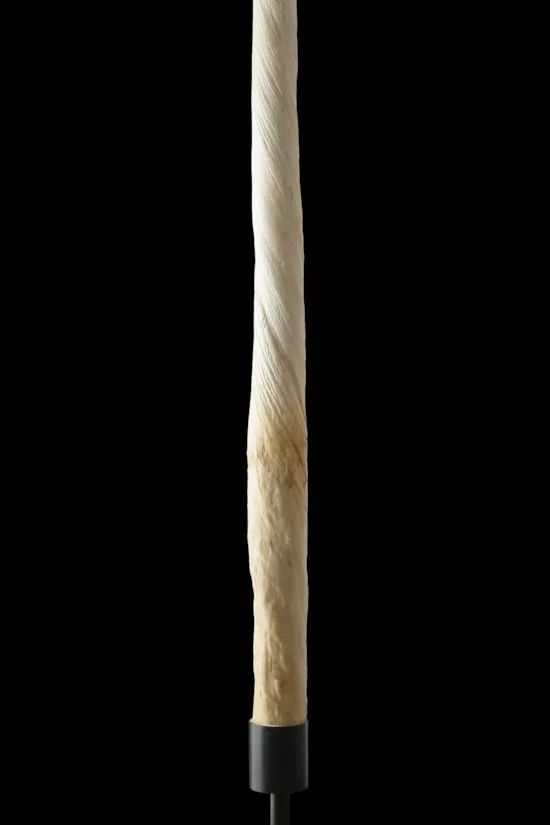
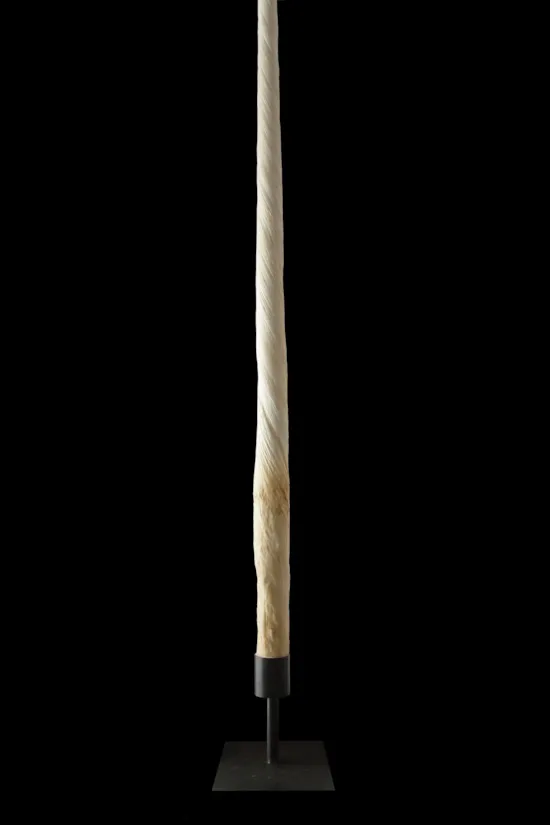
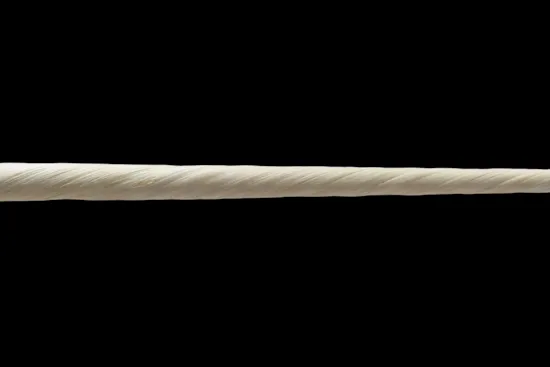
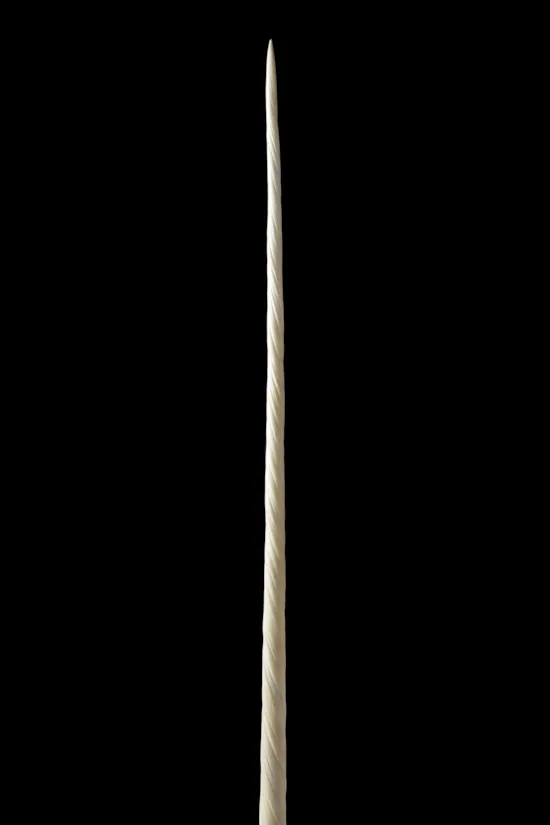
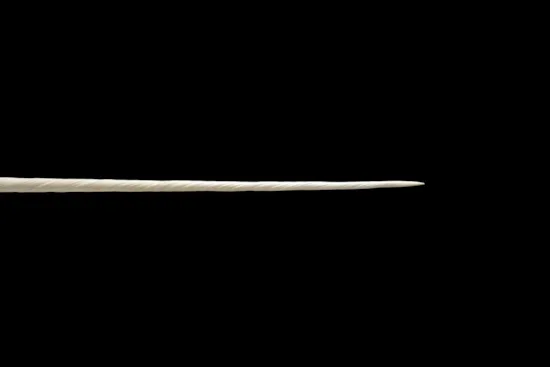
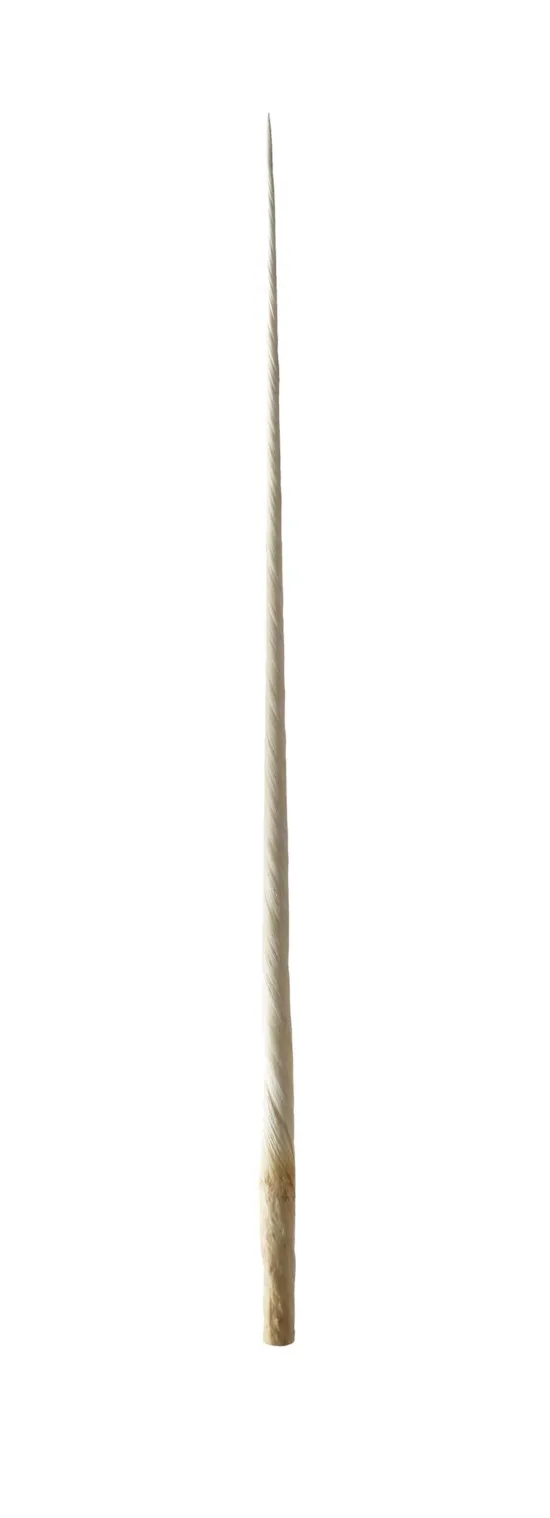
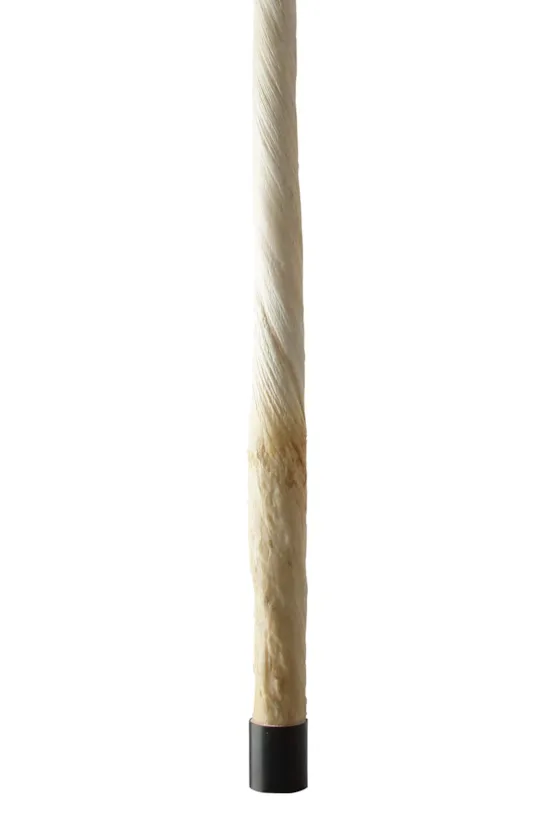







YOU MAY ALSO LIKE


